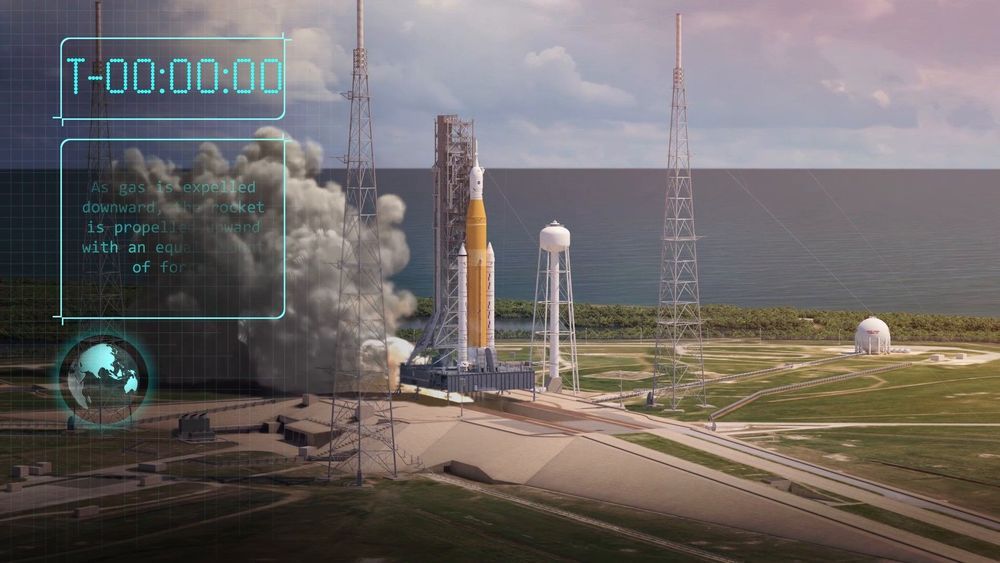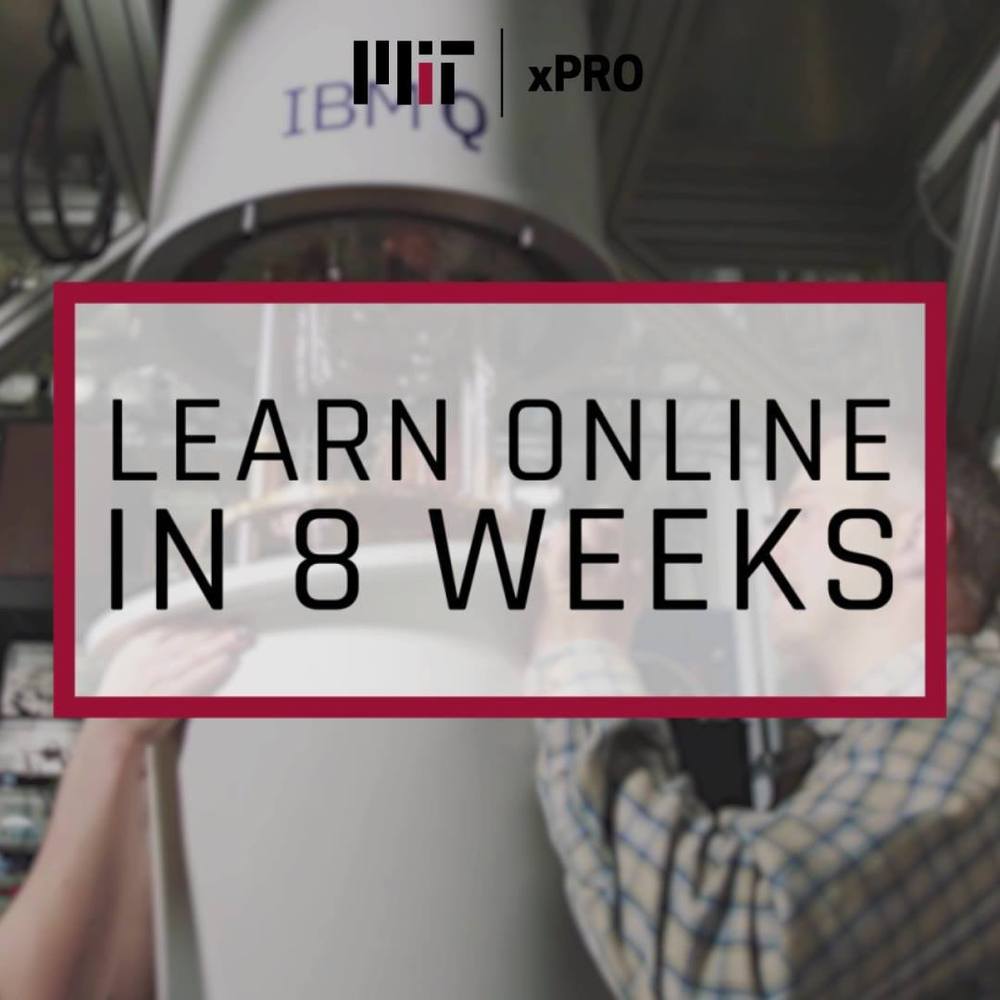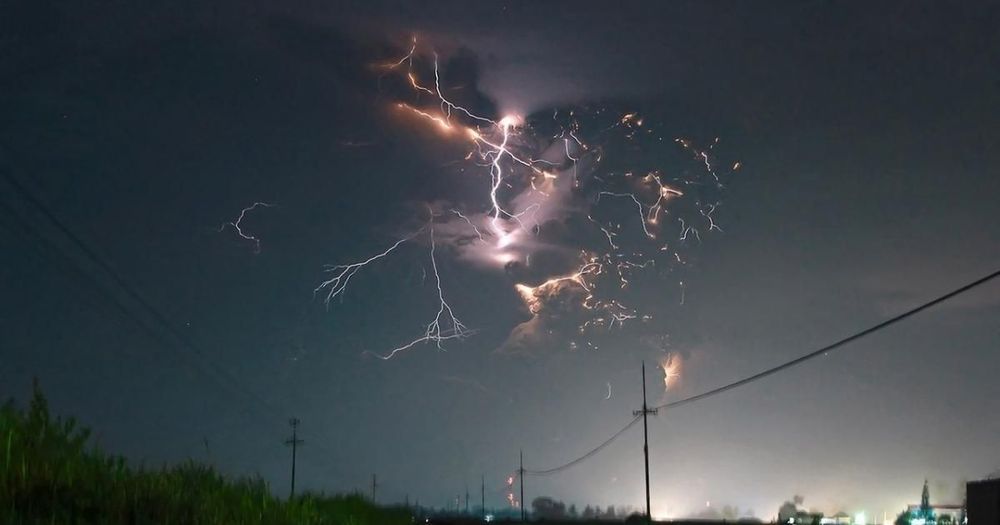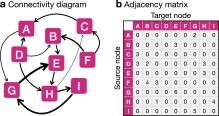Jul 8, 2019
Simulation shows nuclear pasta 10 billion times harder to break than steel
Posted by Quinn Sena in categories: computing, particle physics
A trio of researchers affiliated with several institutions in the U.S. and Canada has found evidence that suggests nuclear material beneath the surface of neutron stars may be the strongest material in the universe. In their paper published in the journal Physical Review Letters, M. E. Caplan, A. Schneider, and C. J. Horowitz describe their neutron star simulation and what it showed.
Prior research has shown that when stars reach a certain age, they explode and collapse into a mass of neutrons; hence the name neutron star. And because they lose their neutrinos, neutron stars become extremely densely packed. Prior research has also found evidence that suggests the surface of such stars is so dense that the material would be incredibly strong. In this new effort, the researchers report evidence suggesting that the material just below the surface is even stronger.
Astrophysicists have theorized that as a neutron star settles into its new configuration, densely packed neutrons are pushed and pulled in different ways, resulting in formation of various shapes below the surface. Many of the theorized shapes take on the names of pasta, because of the similarities. Some have been named gnocchi, for example, others spaghetti or lasagna. Caplan, Schneider and Horowitz wondered about the density of these formations—would they be denser and thus stronger even than material on the crust? To find out, they created some computer simulations.


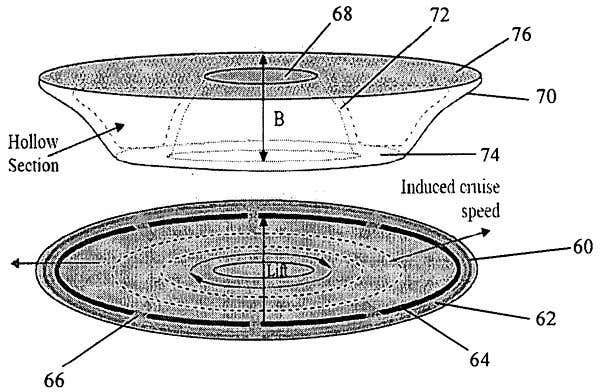
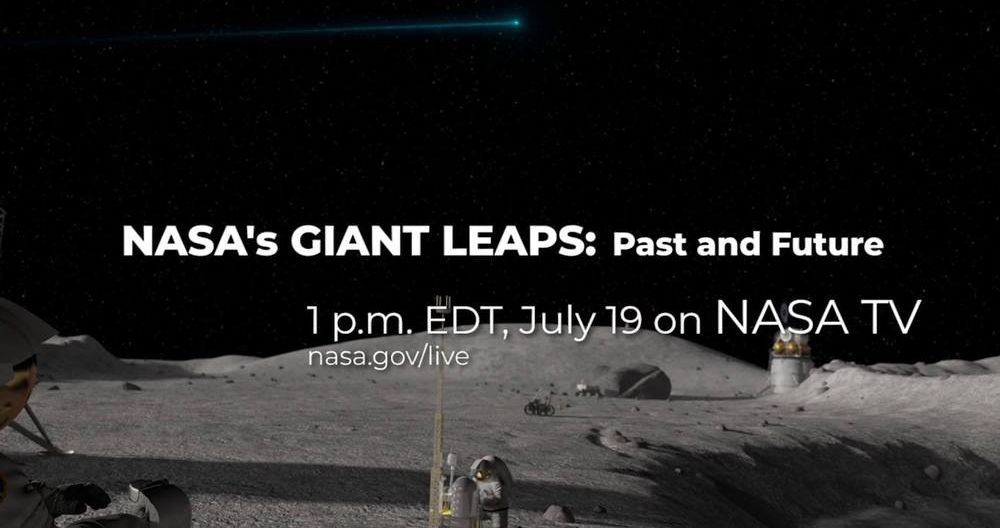
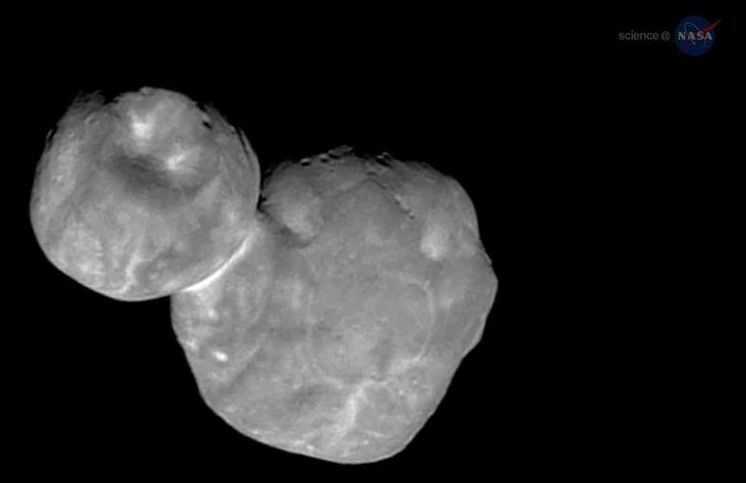
 It has nothing to do with how many individuals can own bitcoin or its useful applications. It simply means that—if widely adopted as a payment instrument or as cash itself—the number of total units is capped at 21 million. But each unit can subdivided into very tiny pieces, and we can even give the tiny pieces a new name (like
It has nothing to do with how many individuals can own bitcoin or its useful applications. It simply means that—if widely adopted as a payment instrument or as cash itself—the number of total units is capped at 21 million. But each unit can subdivided into very tiny pieces, and we can even give the tiny pieces a new name (like 